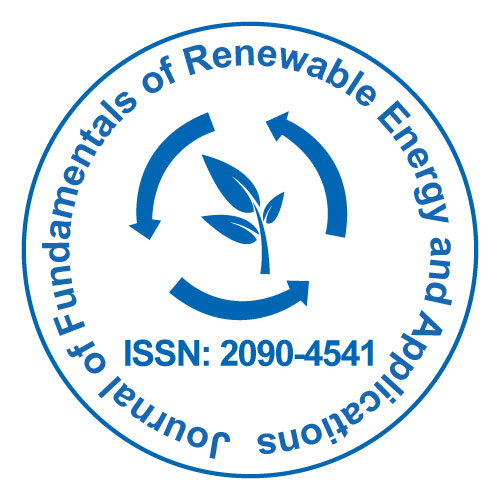
Journal of Fundamentals of Renewable Energy and Applications
Open Access
ISSN: 2090-4541

ISSN: 2090-4541
Sarah Marie Jordaan
The Johns Hopkins University, USA
Posters & Accepted Abstracts: J Fundam Renewable Energy Appl
The shale gas boom has driven down natural gas prices, resulting in a coal to gas transition in the electric sector of the United States. The export of liquefied natural gas (LNG) could spark similar transitions in other regions of the world provided that it is used in the power sector where higher carbon electricity is displaced. Life cycle assessment (LCA) is increasingly used to understand the cradle-to-grave emissions associated with decisions about energy products, from fuel extraction to end use; yet, LCA is often criticized for using uncertain inputs. Methane emissions from natural gas production systems is among the inputs of LCAs of electricity generation, where the uncertainty in estimates is widely recognized. Previous research has uncovered the uncertainty in these emissions by investigating the variability across estimates, from device-level to atmospheric measurement. At the same time, ongoing measurement campaigns have not yet resolved the differences. An integrated sciencepolicy framework is required to reduce emissions within and across countries in North America. In support of this framework, the role of developing predictive and proxy models that are validated by measurement should be better developed to support the development of policy in the face of uncertainty. A regionalized approach to estimating North American completion emissions is presented that uses data describing the physical quantities of natural gas produced and validates the results using measurements. Potential revenue of capturing and selling the commodity are presented, with reference to existing US policy and the development of Canadian policy.